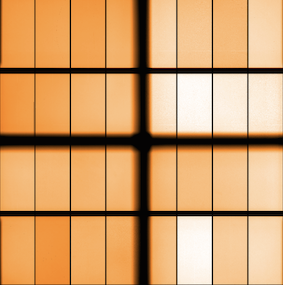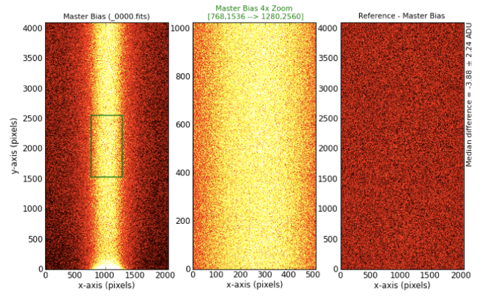Data processing of VST/OmegaCAM data: Frequently asked questions
- Are there any known problems with OmegaCAM data?
Answer: The quality control group keeps a list of know problems at
http://www.eso.org/observing/dfo/quality/OMEGACAM/qc/problems.html
- Where can I download the OmegaCAM pipeline to reduce my data?
Answer: ESO does not offer a data-reduction pipeline for OmegaCAM. The ESO OmegaCAM pipeline is exclusively used for quality control, i.e. it processes data to monitor the instrument's proper performance, and does not produce science-grade data products.
- My data shows an extended, bright feature - what can this be?
Answer: It is likely that some reflections from the moon are affecting your data. These reflections are unpredictable and have been found to be more frequent when the target is closer than ~40deg to the bright moon. You might also want to check:
http://www.eso.org/sci/observing/PublicSurveys/useful_links/OmegaCAM_images.html
where we provide a collection of example OmegaCAM images, illustrating some special data features.
A comprehensive description of features visible in OmegaCAM detectors can also be found in the quality control web pages.
- A number of OmegaCAM filters show vignetting in their central regions. What are the causes for this and what are the dimensions of these features?
Answer: A number of OmegaCAM filters are not monolithic, but consist of four segments (each covering 8 detectors) that have a central cross-shaped support structure. This support creates a vignetting effect that will be visible in 20 detectors which is significantly larger than the gaps present between adjacent CCD's. The affected filters are: B_JOHN, V_JOHN, H_ALPHA, NB_659, NB_852, and the effect looks like this (for the H_ALPHA filter):

When using these filters, one needs to take the vignetting into account when chosing a dither pattern. A conservative accounting for the total size of the vignetted area can be summarized as:
Filter | North/South Vignetting | East/West Vignetting |
B_JOHN | 1405 pixels (300 arcsec) | 1405 pixels (300 arcsec) |
V_JOHN | 1430 pixels (306 arcsec) | 1410 pixels (302 arcsec) |
H_ALPHA | 1418 pixels (305 arcsec) | 1407 pixels (302 arcsec) |
NB_659 | 1418 pixels (305 arcsec) | 1407 pixels (302 arcsec) |
- Some OmegaCAM detectors show an odd central stripe in the bias and master bias images.
Answer: Two OmegaCAM detectors (ESO_CCD_#68 and #90) show a centrally elevated structure in their bias frames. This structure, however, remains constant with the underlying bias level and can be easily corrected.

